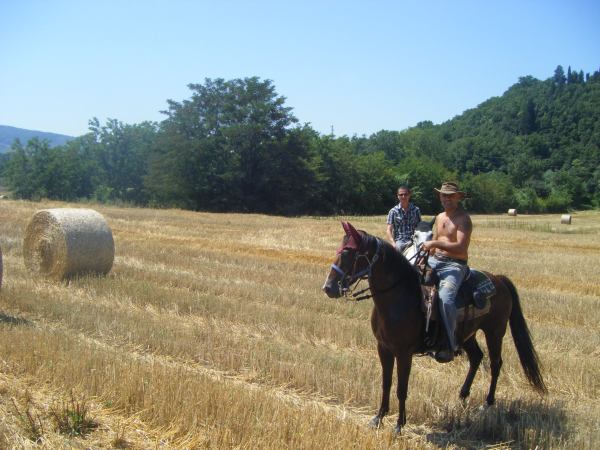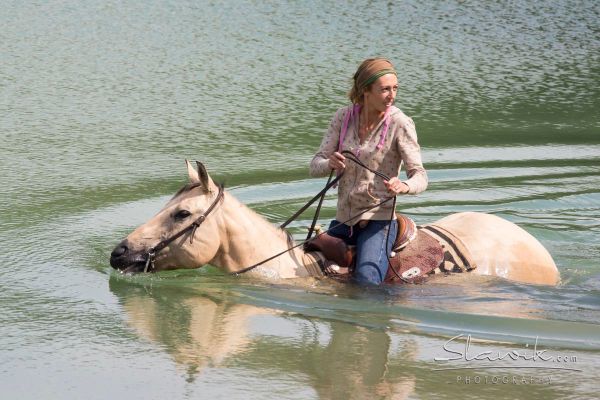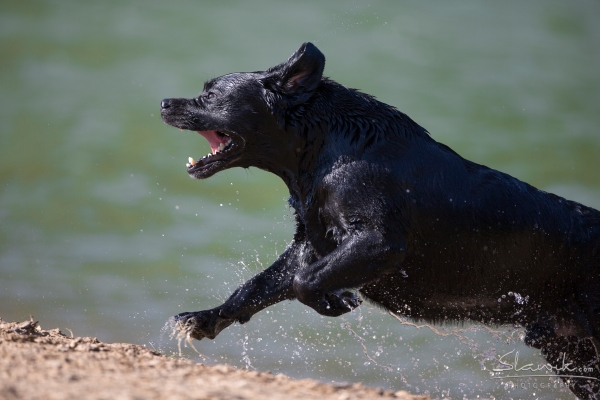Last night as I drove home from a friends house a little before midnight, I was suprised to see so many foxes out on the road. One zig zagged in front of my car like a drunken teenager, even skipping and throwing his back legs in the air as if he was giving me some sort of sign that this was his territory. Further on another fox cruised over the road and turned to look straight at me. Then instead of disappearing into the scrub, he walked the road as I drove slowly beside him – he wasnt at all bothered by the car, and only ran off when another car came in the opposite direction at speed.
Living in rural Tuscany, coming across wild animals after a night out is a fairly normal occurance. Usually on these roads it is fox, wild boar, badger and porcupine that I see most often, but neighbours tell of seeing wolves roaming the old White road near Castellare di Tonda.
This road is currently closed to cars due to a landslide; but we still frequently use it on horseback. The farm along the side of the road has a flock of sheep and goats and a large herd of cattle. The stock are protected by big maremmano sheepdogs, but every now and then a lamb will wander too far from mum, or an old sheep will distance itself from the rest. The elusive wolf is patient, and these unfortunate cases are those that become his prey.
Other animals that we see frequently on our rides, are deer (Fallow, and whitetail’s) as well as squirrels, buzzards, snakes and lizzards. Rarer still are beavers and badgers, and the rare speckled salamander that lives in the canyon bordering the castellare property.
The land between Castellare and Castelfalfi reserves is now a protected park, where guests can take enjoyable shaded walks down through a seriers of maintained trails; and even try and spot the salamander in his habitat. We ride these trails too; and we are so lucky to have them when its hot.
I often remember areas where we have ridden in the past where the picturesque Tuscan landscape (sparse olive trees and vineyards) can turn into a fierce and unforgiving terrain to cross by horseback. The lack of shade, and the flies make for a fairly torturous ride. Luckily we now have the option of the dozen or so trails in the Carfalo torrente park. Below you can see the difference from riding in May and now…








